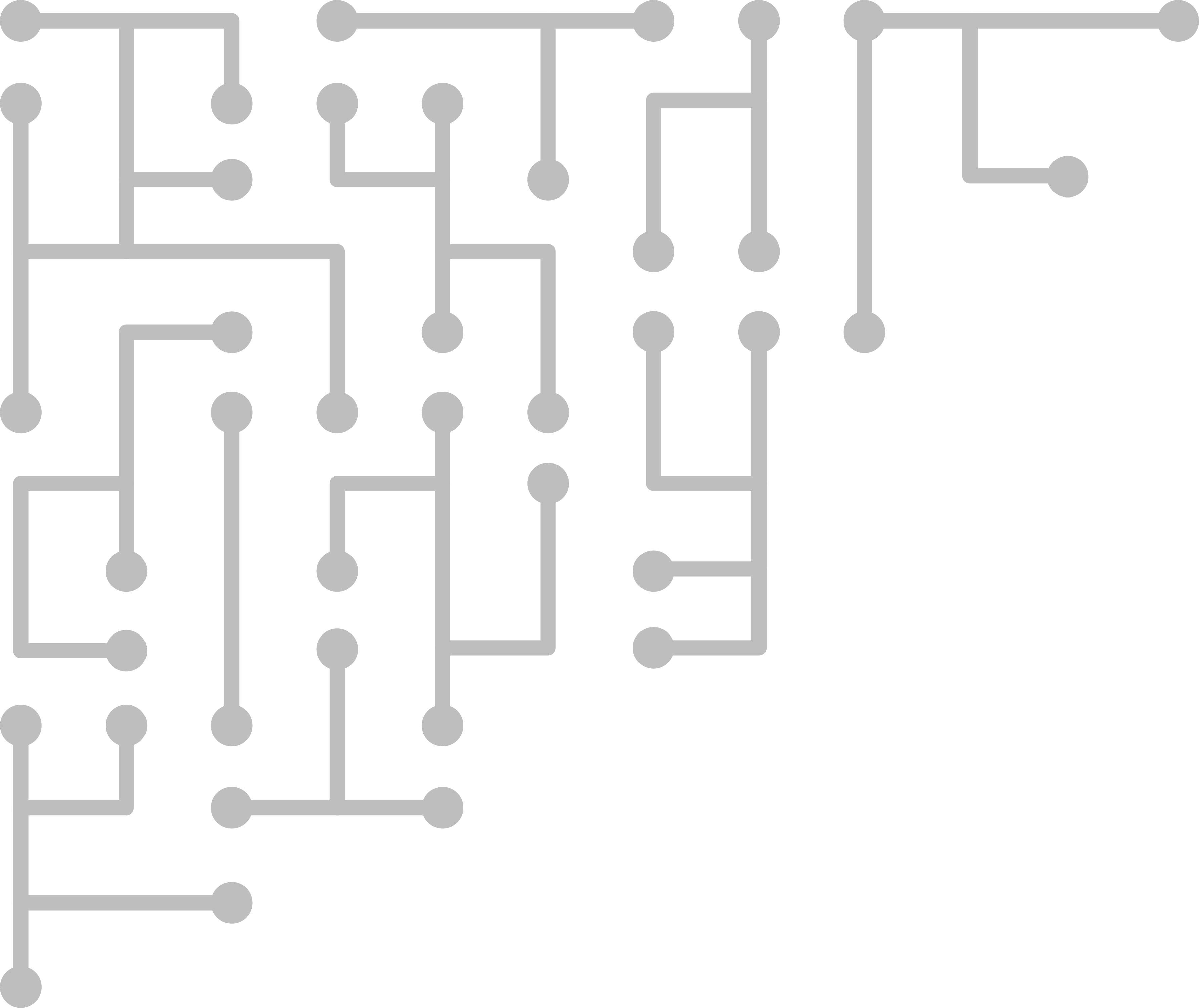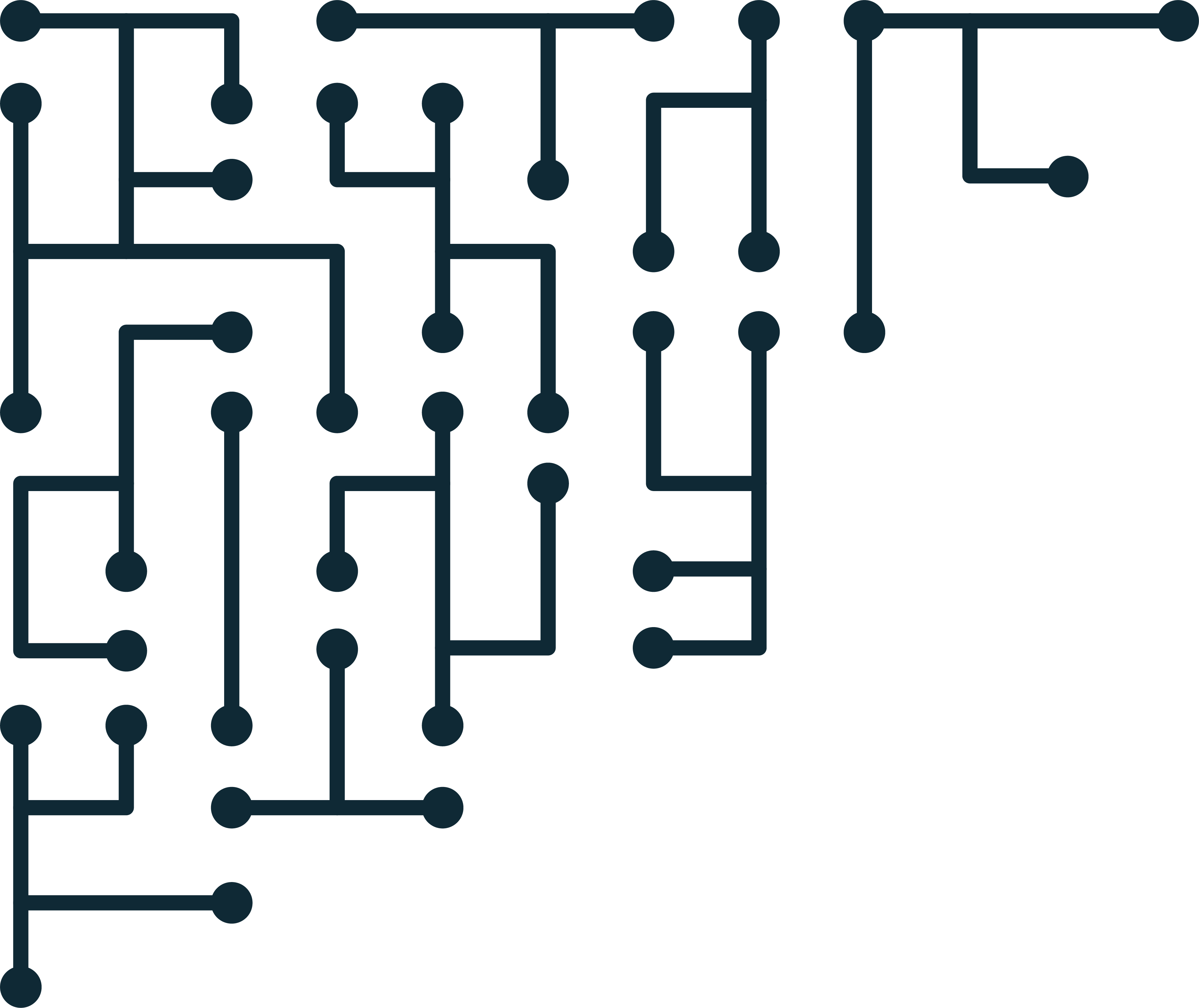DFS 1.1 Intro to Cybercrime and Networks
Get started digital forensic science! Digital forensic science lets us recover data and investigate digital devices.


Get started digital forensic science! Digital forensic science lets us recover data and investigate digital devices.
Get started digital forensic science! Digital forensic science lets us recover data and investigate digital devices.
Get started digital forensic science! Digital forensic science lets us recover data and investigate digital devices.
Get started digital forensic science! Digital forensic science lets us recover data and investigate digital devices.
Get started digital forensic science! Digital forensic science lets us recover data and investigate digital devices.
Get started digital forensic science! Digital forensic science lets us recover data and investigate digital devices.
In this video, we introduce you to the main components of a computer system. The inside of a computer seems complicated, but just understanding the main comp...
In this video, we introduce you to the main components of a computer system. The inside of a computer seems complicated, but just understanding the main comp...
In this video, we discuss how to collect and analyze data from a computer network (network traffic). Network traffic is a great source of information for inv...
In this video, we discuss password attacks and password cracking. This is to show how easy it is for an attacker to guess a large number of passwords with mo...
In this video, we discuss how investigators begin to investigate cybercrime. We discuss crime detection, evidence collection, analysis, and reporting.
In this video, we discuss general investigation methods and required skills that can be applied to online or offline investigations.
In this video, we discuss fundamental concepts of digital evidence that will be used throughout the remainder of the course. Digital evidence is complicated ...
In this video, we describe how to create documentation and reports for digital investigations. Documentation and reporting are probably the most critical par...
In this video, we describe the terms commonly used by digital investigators.
In this video, we describe how criminal investigations and scientific investigations use the same processes to find the truth.
In this video, we describe investigation procedures used for digital investigations.
In this video, we show how data is stored and accessed on digital storage devices.
In this video, we talk about data structures. Specifically, how to understand what data means based on the structure it has. We introduce ways that forensic ...
In this video, we talk about the theory behind the forensic acquisition of data. Specifically, things to think about when starting to create a forensic image...
In this video, we talk about the theory of data recovery, how data structures are detected, and how these data structures are extracted from suspect data suc...
In this video, we show how to use Photorec from the Windows Command Line to recover files (not just photos) from a target USB stick.
In this video, we show how to use tsk_recover from the Linux Command Line to recover files (not just photos) from a target USB stick.
In this video, we show how to use The Sleuth Kit from the Linux Command Line to recover files (not just photos) from a target USB stick.
In this video, we talk about common locations of data, and how where data is located can change it’s meaning.
In this video, we show how to start a case and do initial forensic processing tasks with Autopsy 4.
In this video, we explain what the basic Autopsy modules do and how they process suspect data to extract information. Then we give an overview of forensic da...
In this video, we show how to use hfind, a hash-lookup tool, from the command line. Hfind is part of the sleuth kit and can be used to check data against a k...
In this video, we show how to add known-good and known-bad hash databases to Autopsy 4. Using hash sets in digital investigations helps the investigator hide...
In this video, we discuss the different types of hackers, their motivations, goals, and techniques that they tend to use. All hackers are different, but ther...
In this video, we discuss the different types of malware that exist, how they infect systems, and what their particular goals are.
In this video, we discuss social engineering techniques, and how social engineering is used to gain information useful to cybercrime investigations.
In this video, we discuss Random Access Memory (RAM). Specifically, what RAM is, how RAM works, and why it is important for digital investigations.
In this video, we discuss Random Access Memory and how to acquire a RAM image from a live system.
In this video, we show how to acquire a RAM image from a Linux system using LiME.
In this video, we show how to conduct a low-level analysis of a RAM image using strings, grep and photorec.
In this video, we show how to conduct an analysis of data structures in a RAM image using Volatility.
This video will look at the many types of mobile devices, and what types of investigation-relevant information are available on these devices. Hands-on demon...
In this video, we will acquire a disk image from an android smart phone using ADB and rooting.
In this video, we will discuss how cybercrime investigation is complicated by jurisdiction and international cooperation issues.
In this video, we will discuss the main issue that makes cybercrime investigation difficult: international cooperation. Most cybercrimes have some internatio...
In this video, we will discuss the need for research skills in digital investigation. Specifically, why investigators need to be able to conduct research, an...
In this video, we will discuss how to keep up to date and sustainably further your knowledge in digital forensics. There are many great resources available, ...

